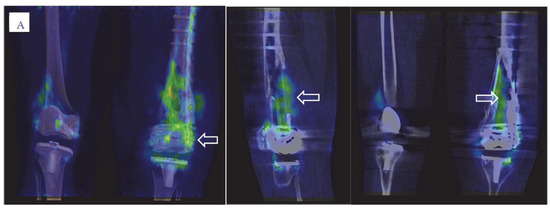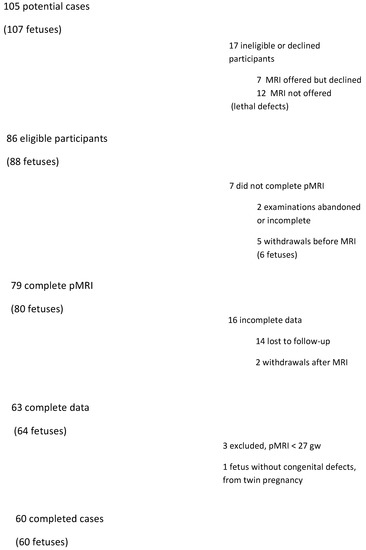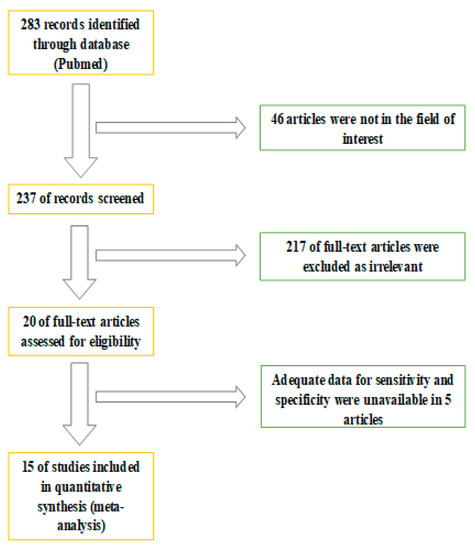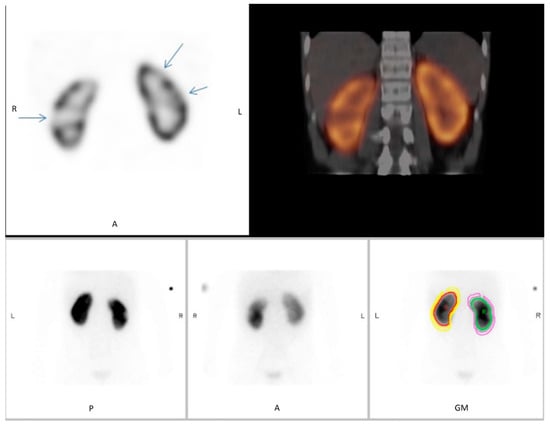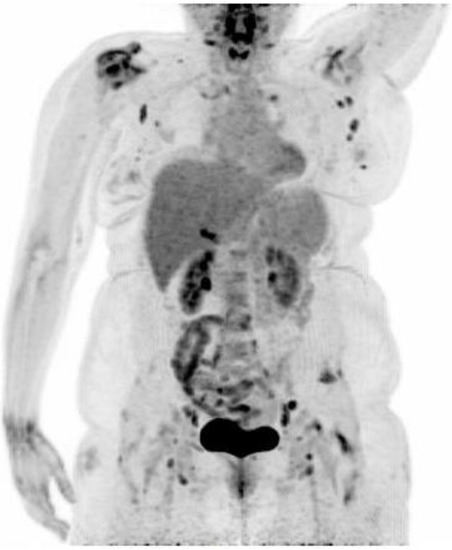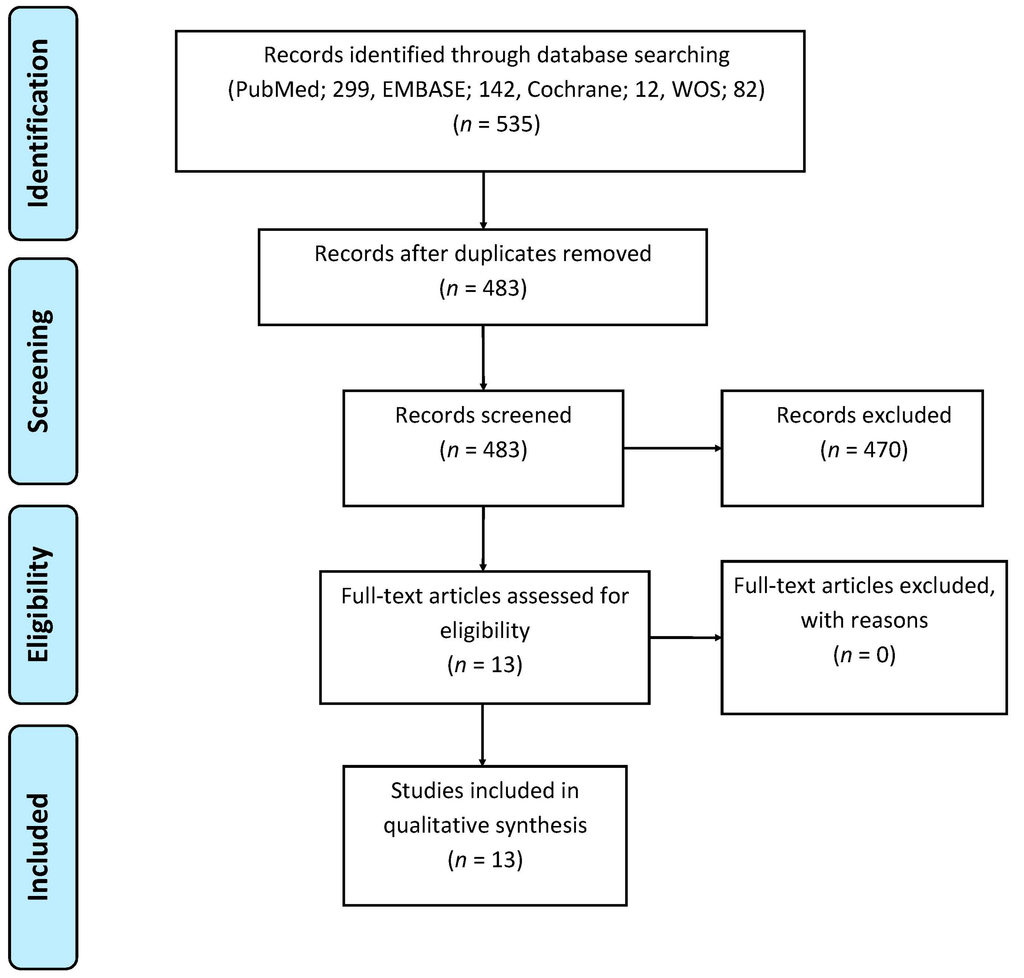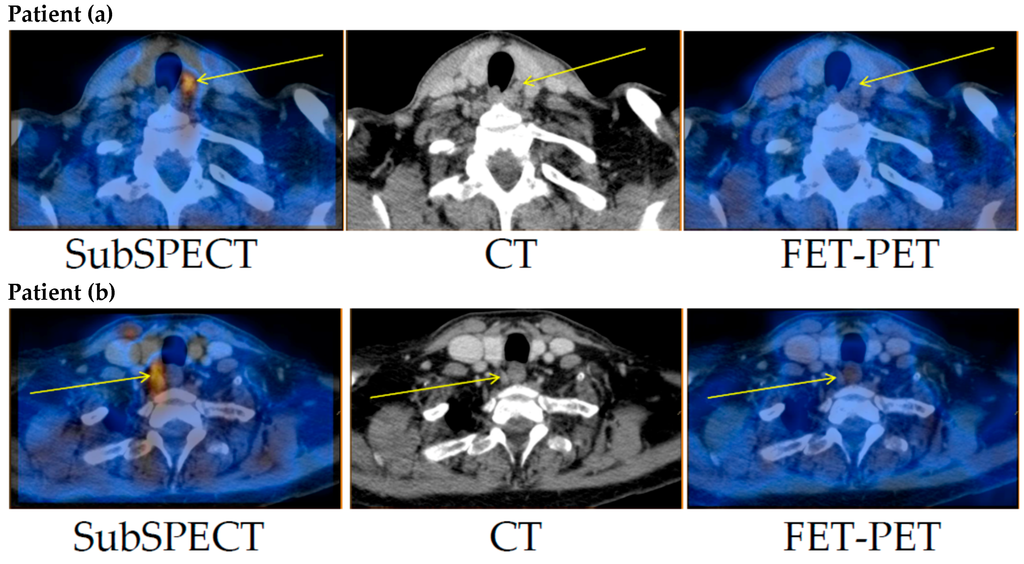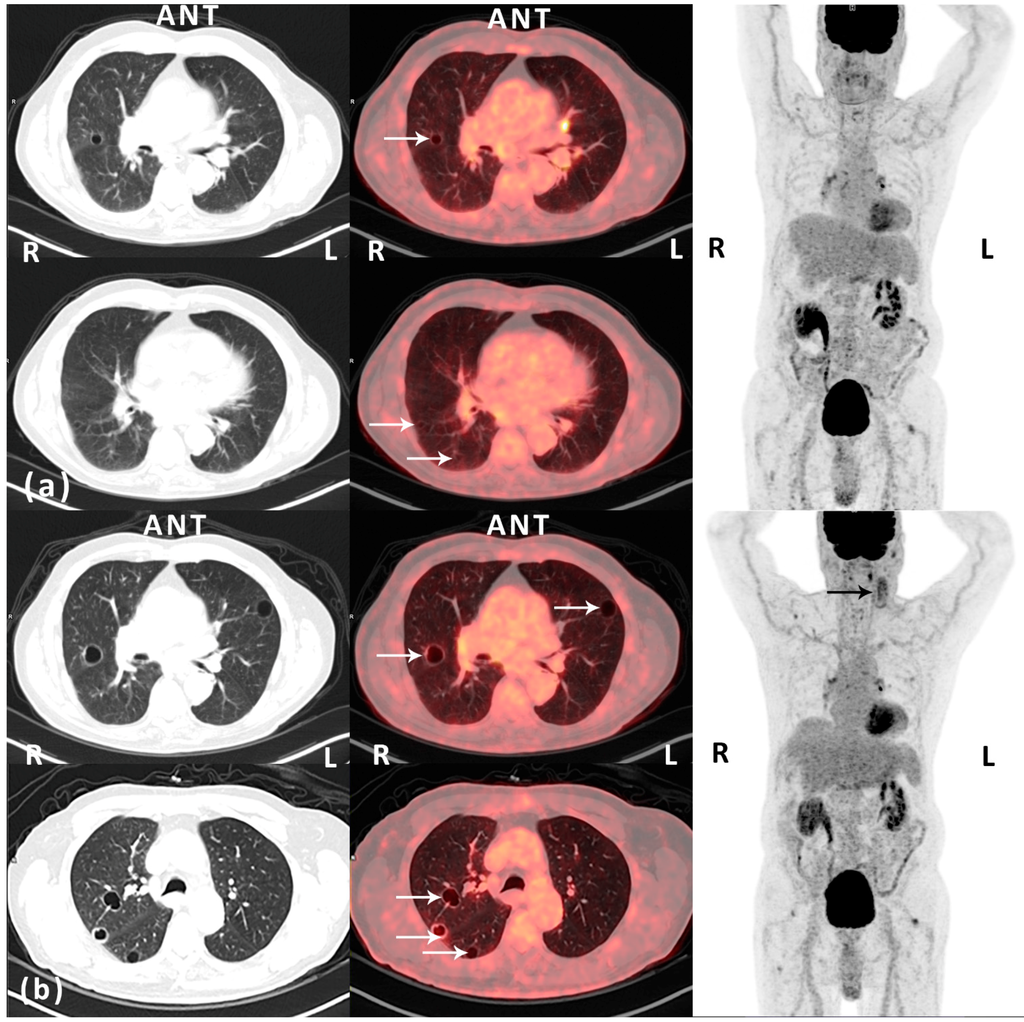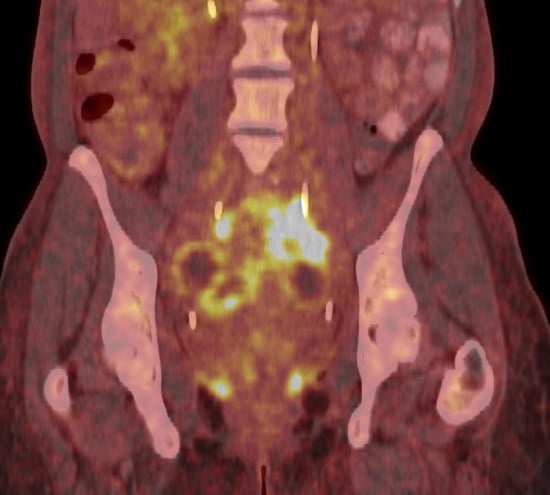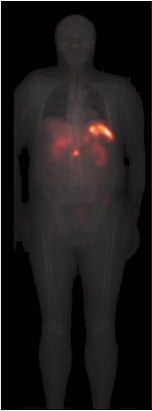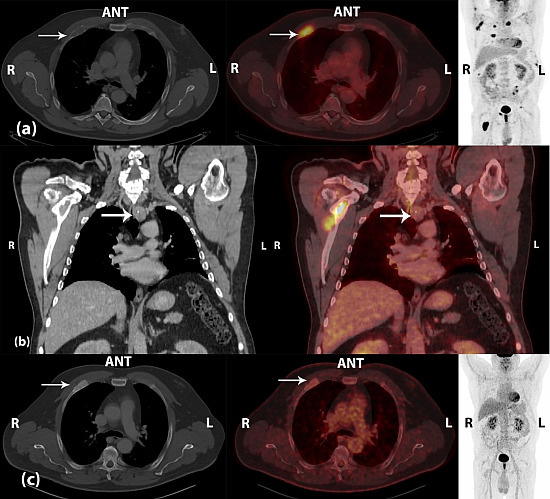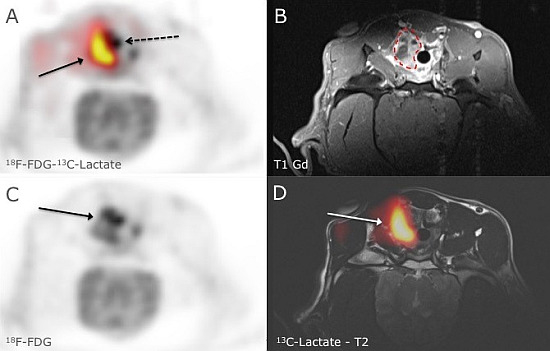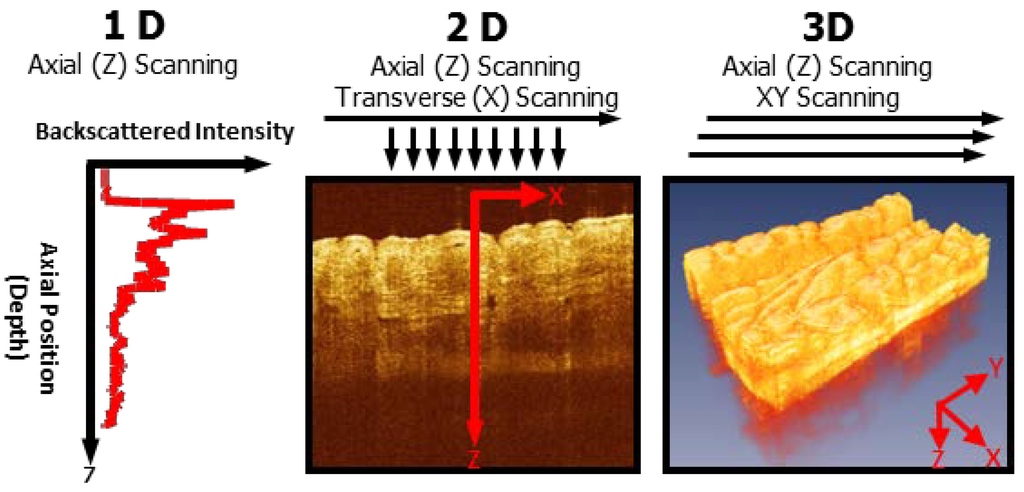Hybrid Imaging in Medicine (Closed)
A topical collection in Diagnostics (ISSN 2075-4418). This collection belongs to the section "Medical Imaging and Theranostics".
Viewed by 143178Editors
Interests: molecular imaging; medical imaging; theranostics; targeted radionuclide therapy; cancer; cardiovascular disease; PET; SPECT; PET/MR
Special Issues, Collections and Topics in MDPI journals
Interests: [18F]NaF PET; bone metabolism; metastatic bone diseases; metabolic bone diseases; image analysis; radiomics; artificial intelligence
Special Issues, Collections and Topics in MDPI journals
Topical Collection Information
Dear Colleagues,
Medical imaging techniques are of paramount value in clinical medicine and as research tools. The techniques are rapidly improving and new techniques are continuously implemented. Whereas every technique has advantages and shortcomings, imaging techniques are often complementary, and therefore, a current trend is the integration of different imaging techniques for hybrid imaging. Examples of such synergistic hybrid imaging is PET/CT, which is now more common than PET-only scans. Recently, hybrid PET/MRI scanners have also been introduced in clinical use. Moreover, developments for combining ultrasonography with other modalities are on their way. Integration of morphological and functional imaging seems to be especially useful. However, combinations of several functional modalities may add value and allow for better tissue characterization.
This collection invites submission of both original and review papers within all aspects of hybrid imaging.
Prof. Dr. Andreas Kjaer
Collection Editor
Manuscript Submission Information
Manuscripts for the topical collection can be submitted online at www.mdpi.com by registering and logging in to this website. Once you are registered, click here to go to the submission form. All papers will be peer-reviewed. Accepted papers will be published continuously in the journal (as soon as accepted) and will be listed together on this website. The topical collection considers regular research articles, short communications and review articles. A guide for authors and other relevant information for submission of manuscripts is available on the Instructions for Authors page.
Please visit the Instructions for Authors page before submitting a manuscript. The article processing charge (APC) for publication in this open access journal is 2600 CHF (Swiss Francs). English correction and/or formatting fees will be charged in certain cases for those articles accepted for publication that require extensive additional formatting and/or English corrections. For further details see here.
Keywords
- positron emission tomography
- computed tomography (CT)
- magnetic resonsnace imaging (MRI)
- magnetic resonance spectroscopy (MRS)
- ultrasonography
- optical imaging
- fluorescence
- bioluminiscence
- PET/CT
- PET/MRI







